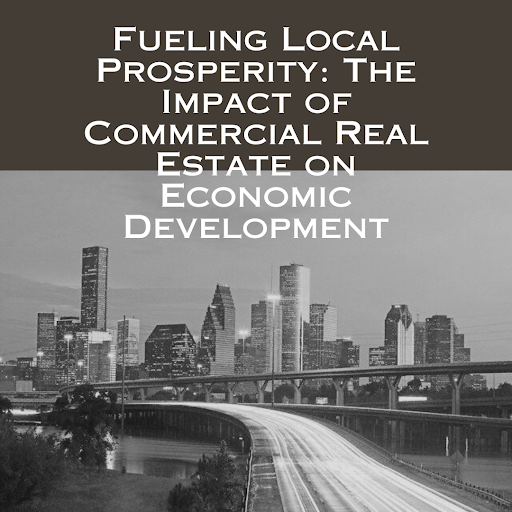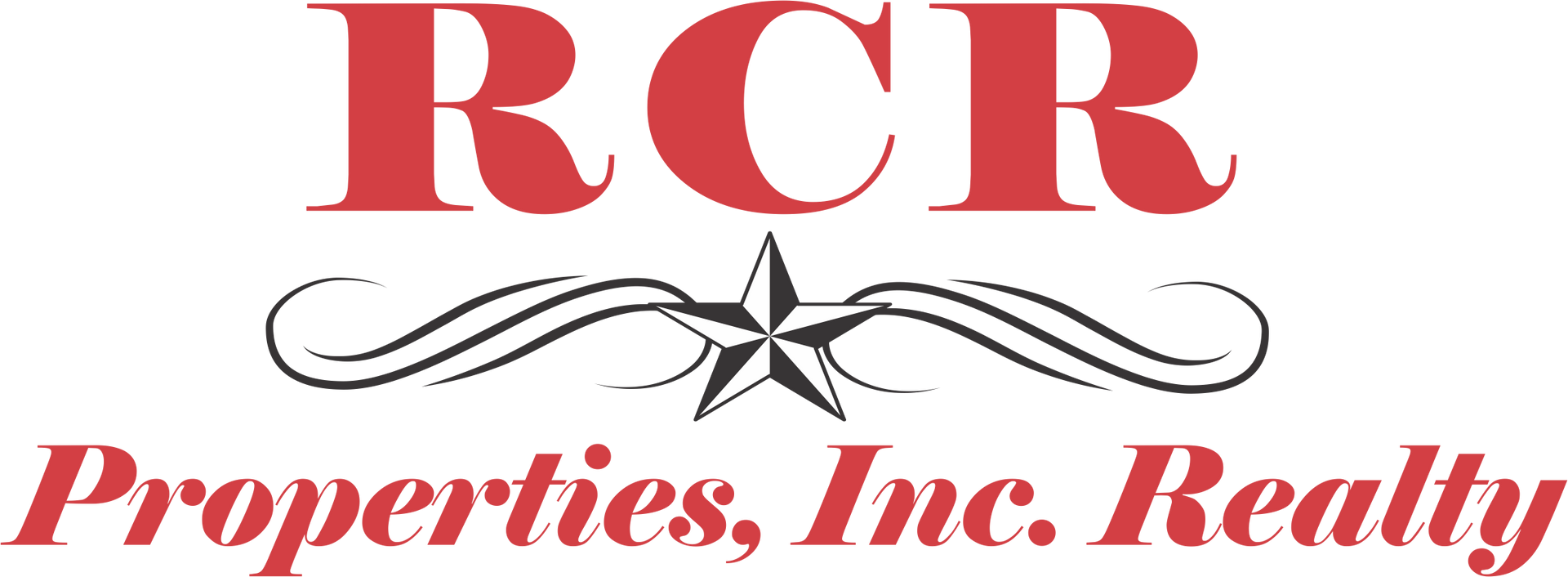Unveiling the Industrial Boom: A Guide to the Texas Commercial Real Estate Sector
Texas, the Lone Star State, has long been synonymous with opportunity and growth for decades. In the world of commercial real estate, the industrial sector stands tall as a beacon of prosperity, particularly in thriving areas like Houston and Katy. In this blog post, we discuss the dynamic landscape of Texas's industrial real estate sector, exploring its growth drivers, investment potential, and key considerations for both investors and tenants.
Growth Drivers:
1. Strategic Location: Situated at the crossroads of major transportation routes, including highways, railways, and ports, Texas offers unparalleled access to domestic and international markets.
2. Population Growth: Texas consistently ranks among the fastest-growing states in the United States, fueling demand for industrial spaces to accommodate distribution, manufacturing, and logistics operations.
3. Energy Sector: With Houston serving as a global energy hub, the industrial real estate market benefits from the presence of oil and gas companies, driving demand for specialized facilities.
4. E-Commerce Boom: The surge in online shopping has spurred a heightened need for warehouse and distribution centers, amplifying the demand for industrial properties across the state.
Investment Potential:
1. Steady Rental Income: Industrial properties often offer stable and predictable rental income streams, making them an attractive investment option for landlords seeking consistent cash flow.
2. Portfolio Diversification: Including industrial assets in a real estate portfolio can enhance diversification, mitigating risk by spreading investments across different property types.
3. Value Appreciation: As demand for industrial space continues to rise, investors stand to benefit from potential appreciation in property values, leading to long-term capital gains.
4. Tax Incentives: Texas offers various tax incentives and abatements to industrial property owners, further enhancing the attractiveness of investment in this sector.
Key Considerations:
1. Location Selection: Choosing the right location is paramount, considering factors such as proximity to transportation hubs, workforce availability, and access to utilities.
2. Property Specifications: Understanding the specific needs of tenants, whether they require warehouse space, manufacturing facilities, or cold storage, is crucial for successful leasing.
3. Infrastructure and Amenities: Assessing the quality of infrastructure, such as road networks and utility services, along with amenities like security features and parking, can significantly impact property value and tenant satisfaction.
4. Market Analysis: Conducting thorough market research and staying abreast of industry trends is essential for making informed investment decisions and maintaining competitiveness in the market.
The industrial sector of commercial real estate in Texas presents a compelling opportunity for investors and tenants alike. With its strategic location, robust economy, and diverse range of industries, Texas continues to attract interest from both domestic and international players. By understanding the growth drivers, investment potential, and key considerations outlined in this blog post, stakeholders can navigate the Texas industrial real estate market with confidence, poised to capitalize on its dynamic growth trajectory.








